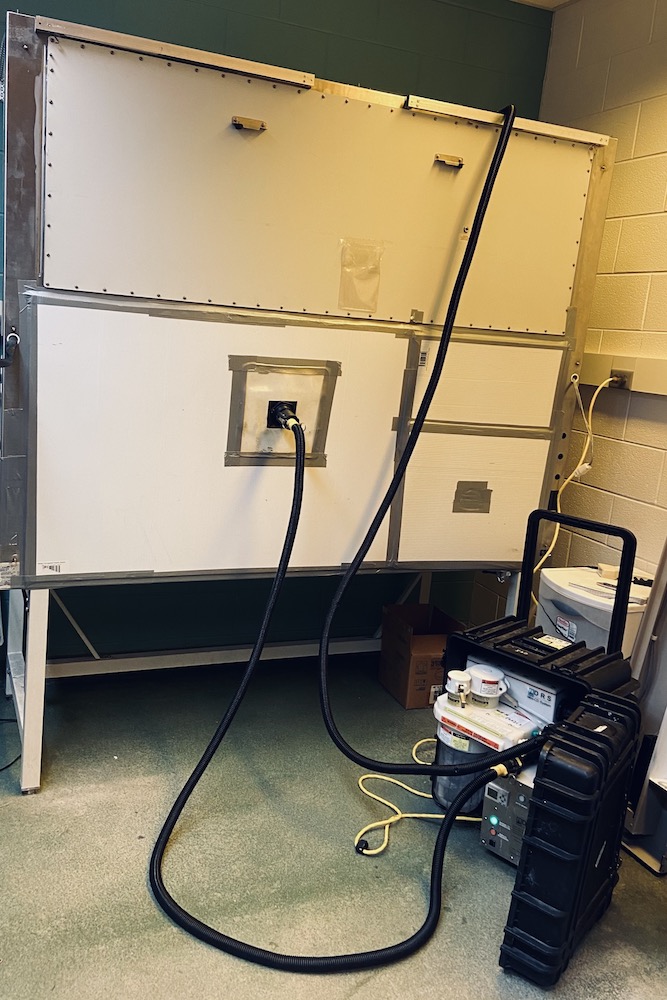Menu
Paraformaldehyde Decontamination
LTS follows industry standards and practices in using paraformaldehyde to decontaminate spaces and equipment that are microbiologically contaminated. We perform decontaminations to assure the safety of LTS and client personnel and the environment when maintenance of contamination control equipment requires accessing a contaminated area.
LTS has been performing equipment and space decontaminations for many years and we are confident we can meet your needs.
LTS has the following policy for determining when paraformaldehyde decontamination is required:
LTS’s standard practice for neutralizing paraformaldehyde is to use ammonium bicarbonate in accordance to appropriate industry standards. Total minimum down time of the unit not including repair time if necessary is 8-14 hours for this process.
Chlorine Dioxide (CD) Decontamination
LTS follows industry standards and practices in using chlorine dioxide to decontaminate spaces and equipment that are microbiologically contaminated. We perform decontaminations to assure the safety of LTS and client personnel and the environment when maintenance of contamination control equipment requires accessing a contaminated area.

LTS has been performing equipment and space decontaminations for many years and we are confident we can meet your needs.
LTS has the following policy for determining when chlorine dioxide decontamination is required:
LTS utilizes an air scrubber and follows industry standards for neutralization of chlorine dioxide. Total minimum down time of the unit not including repair time, if necessary, is 3-4 hours for this process.
1727 S Franklin Rd
Indianapolis, IN 46239
Toll Free: 866-508-7958
Phone: 317-351-4160
info@lewistestingservices.com
© 2020 Lewis Testing Services